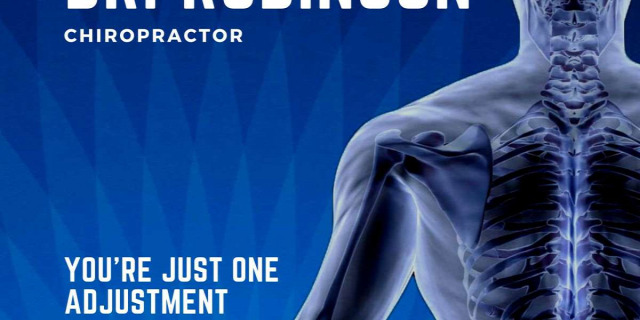Among people seeking back pain relief alternatives, most choose chiropractic treatment. About 22 million Americans visit chiropractors annually. Of these, 7.7 million, or 35%, are seeking relief from back pain from various causes, including accidents, sports injuries, and muscle strains. Other complaints include pain in the neck, arms, and legs, and headaches.
What Is Chiropractic Care?
Chiropractors use hands-on spinal manipulation and other alternative treatments. The theory is that proper alignment of the body's musculoskeletal structure, particularly the spine, will enable the body to heal itself without surgery or medication. Manipulation is used to restore mobility to joints restricted by tissue injury caused by a traumatic event, such as falling, or repetitive stress, such as sitting without proper back support.

Chiropractic treatment is primarily used as a pain relief alternative for muscles, joints, bones, and connective tissue, such as cartilage, ligaments, and tendons. It is sometimes used in conjunction with conventional medical treatment.
The initials "DC" identify a chiropractor, whose education typically includes an undergraduate degree plus four years of chiropractic college.
What Does Chiropractic Treatment for Back Pain Involve?
A slidell chiropractor first takes a medical history, performs a physical examination, and may use lab tests or diagnostic imaging to determine if treatment is appropriate for your back pain.
The treatment plan may involve one or more manual adjustments in which the doctor manipulates the joints, using a controlled, sudden force to improve range and quality of motion. Many chiropractors also incorporate nutritional counseling and exercise/rehabilitation into the treatment plan. The goals of chiropractic care include the restoration of function and prevention of injury in addition to back pain relief.
What Are the Benefits and Risks of Chiropractic Care?
Spinal manipulation and chiropractic care are generally considered safe, effective treatments for acute low back pain, the type of sudden injury that results from moving furniture or getting tackled. Acute back pain, which is more common than chronic pain, lasts no more than six weeks and typically gets better on its own.
Research has also shown chiropractic care to be helpful in treating neck pain and headaches. In addition, osteoarthritis and fibromyalgia may respond to the moderate pressure used both by chiropractors and practitioners of deep tissue massage.
SUGGESTED
Studies have not confirmed the effectiveness of prolotherapy or sclerotherapy for pain relief, used by some chiropractors, osteopaths, and medical doctors, to treat chronic back pain, the type of pain that may come on suddenly or gradually and lasts more than three months. The therapy involves injections such as sugar water or anesthetic in hopes of strengthening the ligaments in the back.
People who have osteoporosis, spinal cord compression, or inflammatory arthritis, or who take blood-thinning medications should not undergo spinal manipulation. In addition, patients with a history of cancer should first obtain clearance from their medical doctor before undergoing spinal manipulation.
All treatment is based on an accurate diagnosis of your back pain. The chiropractor should be well informed regarding your medical history, including ongoing medical conditions, current medications, traumatic/surgical history, and lifestyle factors. Although rare, there have been cases in which treatment worsened a herniated or slipped disc, or neck manipulation resulted in a spinal cord injury. To be safe, always check with your medical doctor to make sure your condition will benefit from chiropractic or other pain relief alternatives.


